Have you ever fallen in love with a fluffy, giant dog only to realize your tiny apartment might not be the best home for them? It’s a heartbreaking truth: not every dog breed is suited for apartment living, no matter how cute or well-behaved they seem on social media. Some breeds simply have needs, instincts, or temperaments that make them a poor fit for small spaces. Let’s unveil some surprising dog breeds that—even if others try to convince you otherwise—are just not meant for life in an apartment. Prepare to be shocked by a few names on this list!
Saint Bernard
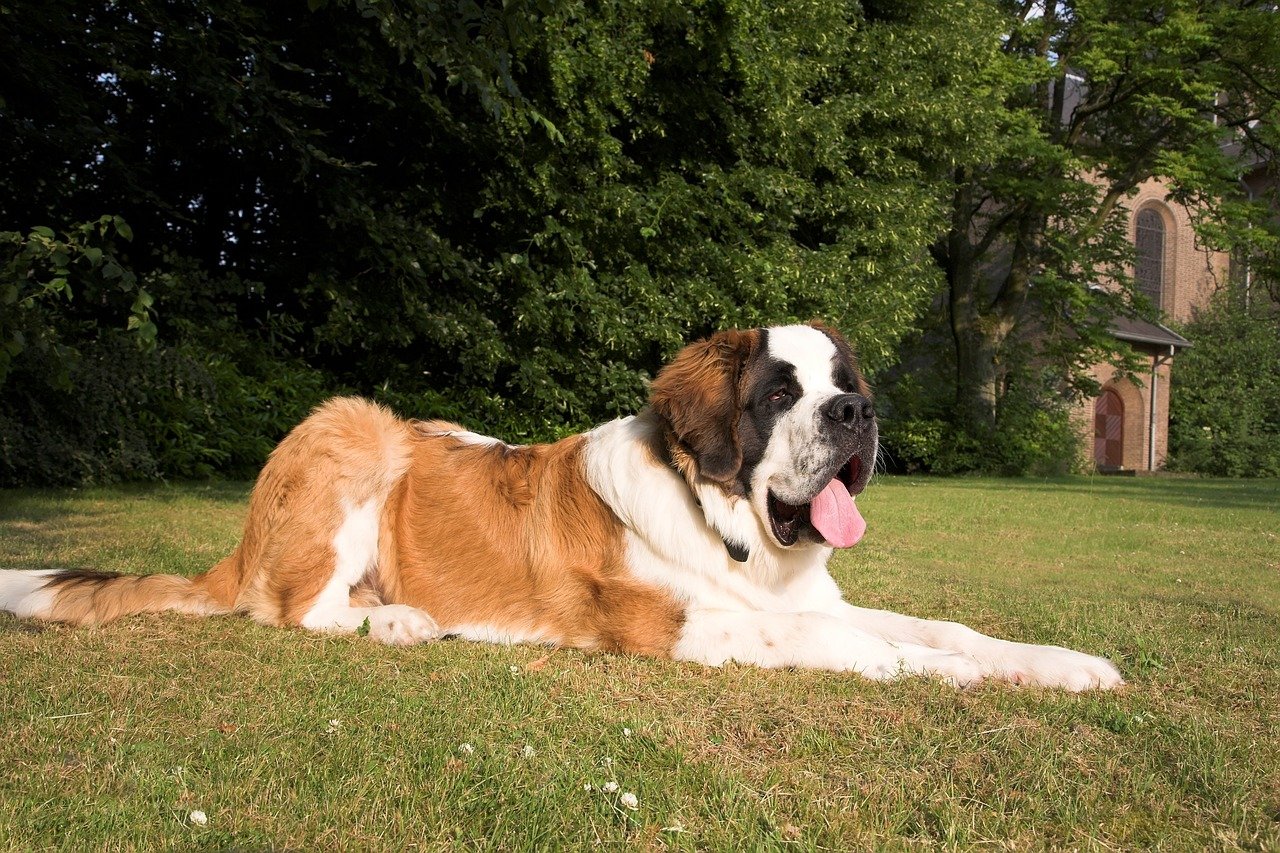
Not every dog is cut out for apartment life—no matter how many articles say otherwise. While some breeds adapt well to small spaces, others simply need more room to roam, more mental stimulation, or fewer close neighbors to truly thrive. Ignoring a dog’s natural instincts and energy levels can lead to stress, behavioral issues, and an unhappy pup (and owner).
Saint Bernards are gentle giants, famous for their massive size and loving nature. While they may seem calm and lazy in pictures, their sheer bulk can make apartment life a nightmare. Imagine trying to navigate a 180-pound dog through narrow hallways or cramped living rooms—it’s like living with a friendly bear! These dogs need plenty of space to stretch out and move around comfortably. On top of that, their heavy shedding and drool can quickly overwhelm a small space. They also have a surprisingly strong tail that can clear a coffee table in one wag. For Saint Bernards, a house with a big yard is far more suitable than any apartment, no matter how pet-friendly it claims to be.
Border Collie
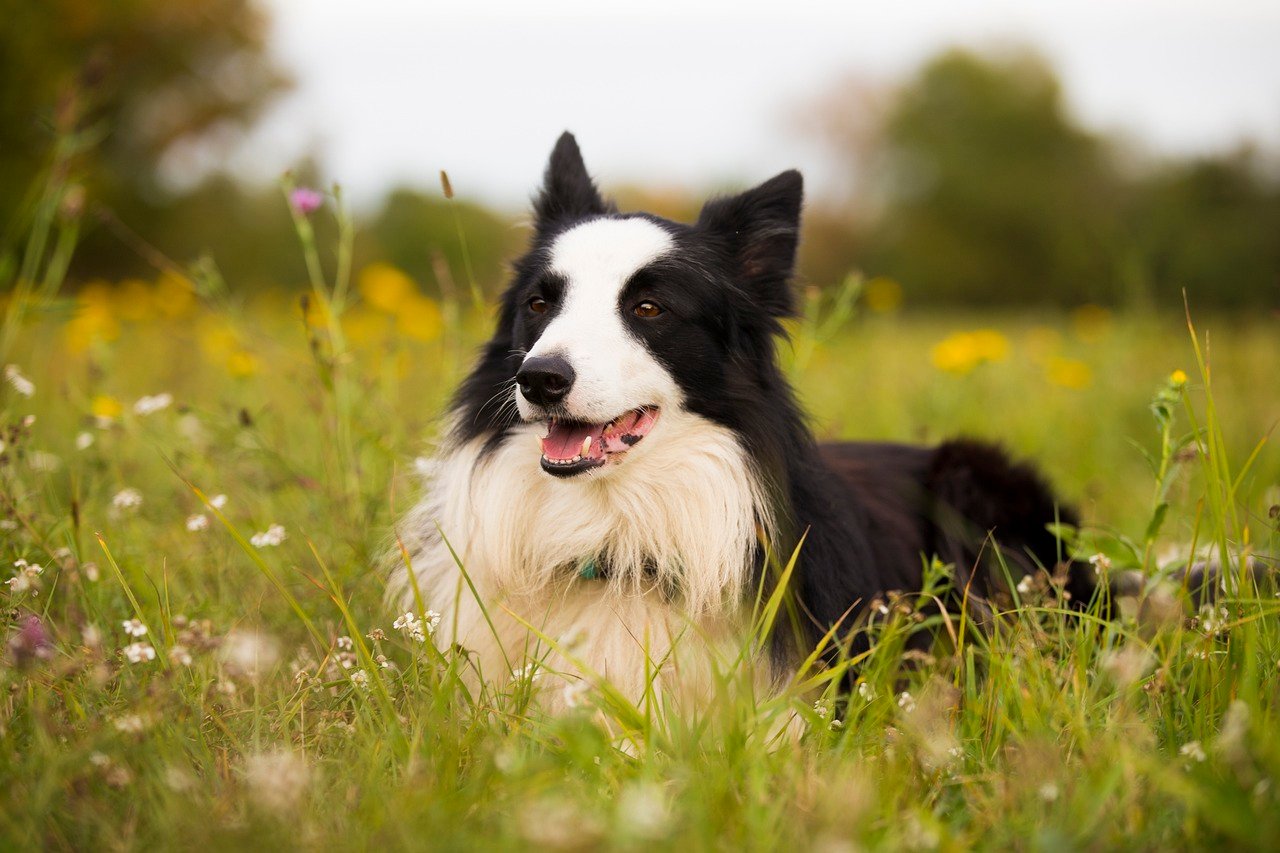
Border Collies are often called the “Einsteins” of the dog world for good reason—they are incredibly smart and bursting with energy. These dogs thrive on mental and physical stimulation, which is nearly impossible to provide in a small apartment. Without enough exercise, Border Collies can become restless, destructive, and even develop anxiety. Their herding instincts mean they may try to “herd” children, visitors, or even your furniture if they get bored! Apartment life can turn these brilliant dogs into frustrated whirlwinds. They do best with access to wide open spaces and plenty of activities to keep their clever minds busy.
Alaskan Malamute
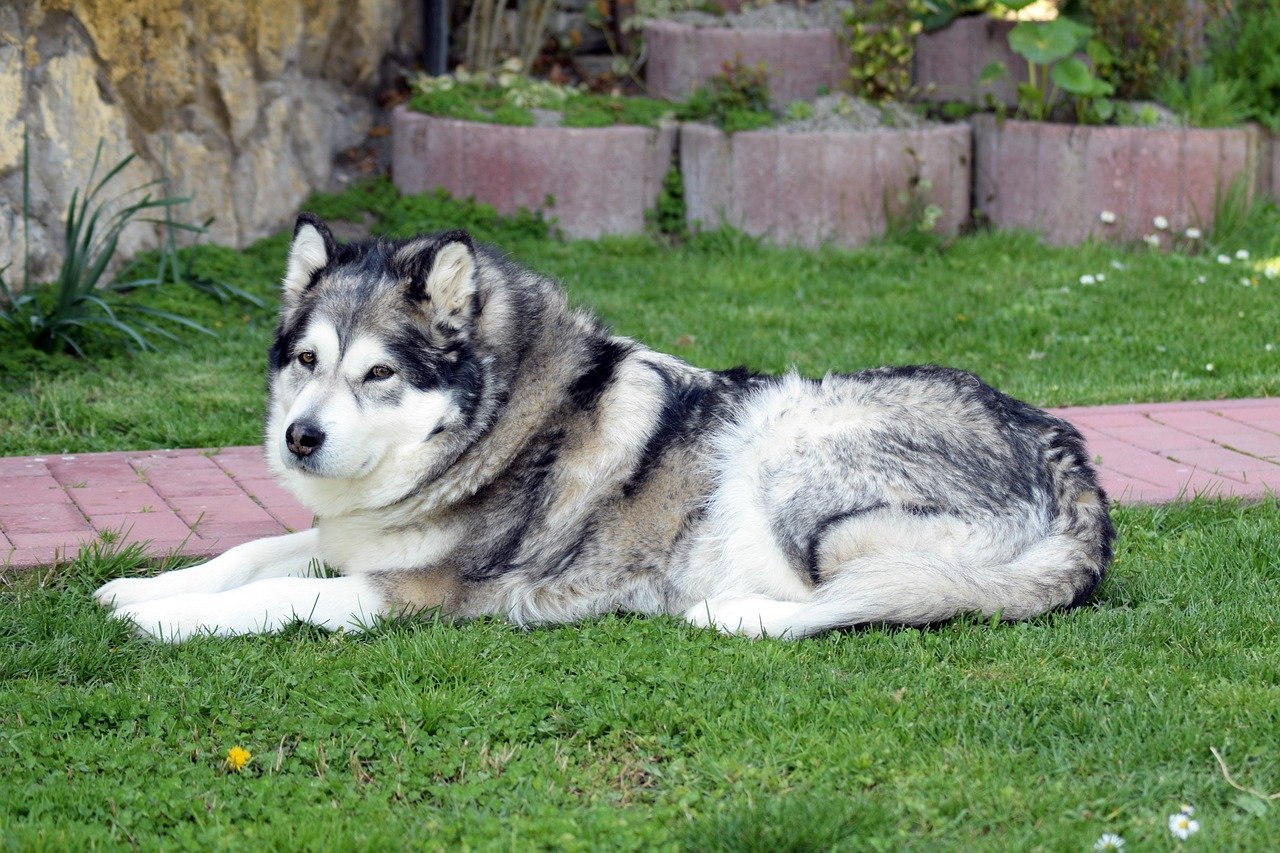
Alaskan Malamutes are stunning dogs, famous for their wolf-like appearance and tremendous strength. But these working dogs were bred to pull sleds across vast, snowy distances. Confined in an apartment, their need for intense daily exercise can lead to behavioral problems. Malamutes are also known for their vocalizations—they howl, they “talk,” and your neighbors might not appreciate their conversations! Their thick, double coats shed heavily, especially during seasonal changes, turning apartments into a snowstorm of fur. If you don’t have a yard and lots of time for exercise, an Alaskan Malamute will not be happy—or quiet.
Dalmatian
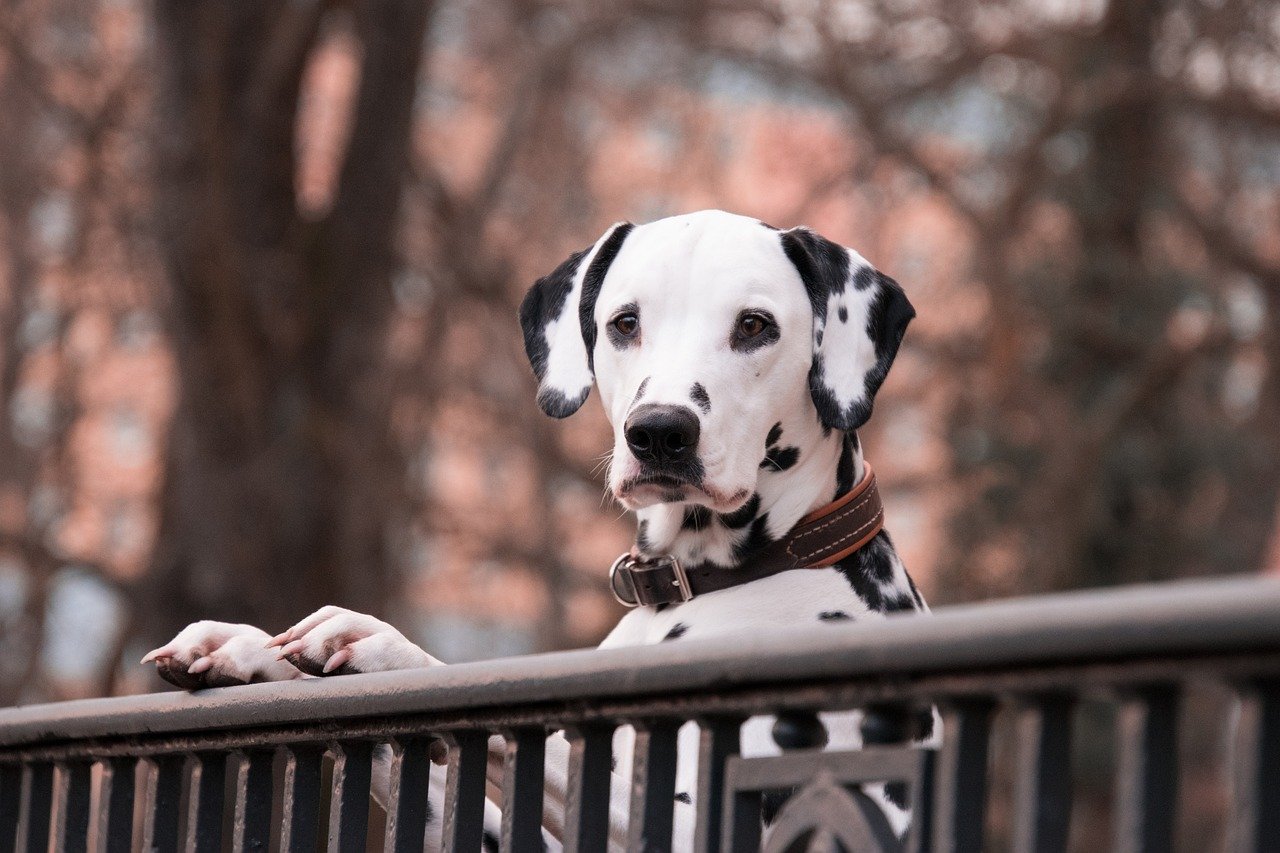
With their iconic spots and endless energy, Dalmatians are as beautiful as they are demanding. They were bred to run long distances alongside carriages, and that stamina hasn’t faded with time. Apartment living can be stifling for these active pups, who need hours of vigorous activity every day. Without enough room to move and play, Dalmatians can become destructive and even develop behavioral issues. Their strong prey drive also makes city walks a challenge, as they may bolt after squirrels, birds, or even passing cyclists. A Dalmatian’s boundless energy is best matched with a home that has space to roam and an owner ready for adventure.
Siberian Husky
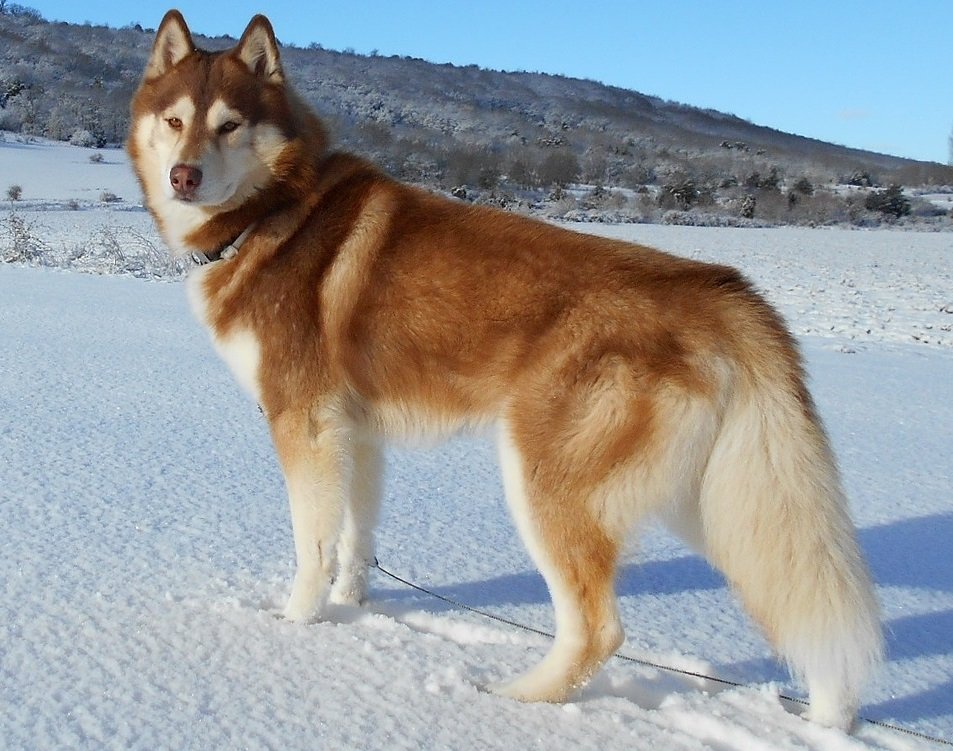
Siberian Huskies are known for their striking looks and loveable personalities, but don’t let that fool you—they are escape artists with endless energy. These dogs were bred to run for miles, and an apartment’s walls can feel like a prison to them. Huskies are notorious for their digging, chewing, and howling, none of which endear them to neighbors in close quarters. They also shed heavily, leaving tufts of fur everywhere. If you’re not prepared for daily adventures and the possibility of your Husky staging a great escape, apartment life is not for them. They need space, stimulation, and lots of time outdoors.
Belgian Malinois
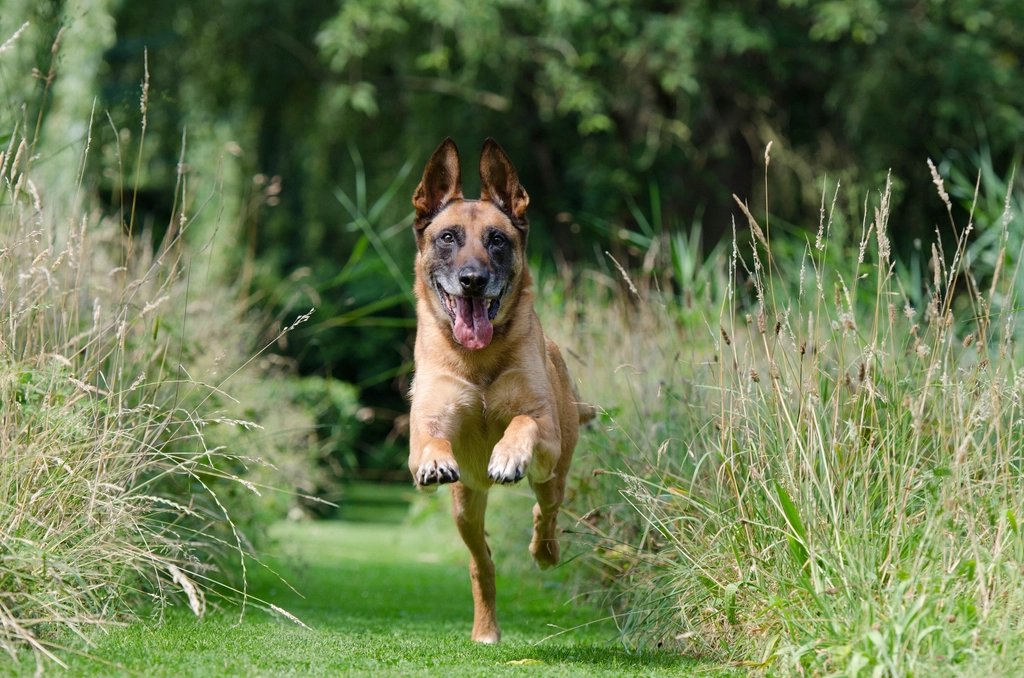
The Belgian Malinois is a superstar in police and military work, known for its intelligence, athleticism, and high drive. While they may look like a medium-sized dog, their need for constant activity puts them on this list. Cooping up a Malinois in an apartment is asking for trouble—these dogs can become destructive, anxious, and even aggressive if they don’t get enough exercise or mental challenges. Their intense loyalty and protective nature can also make them overly reactive to hallway noises or strangers passing by your door. Belgian Malinois thrive in active homes where they can work, play, and protect in wide open spaces.
Great Dane
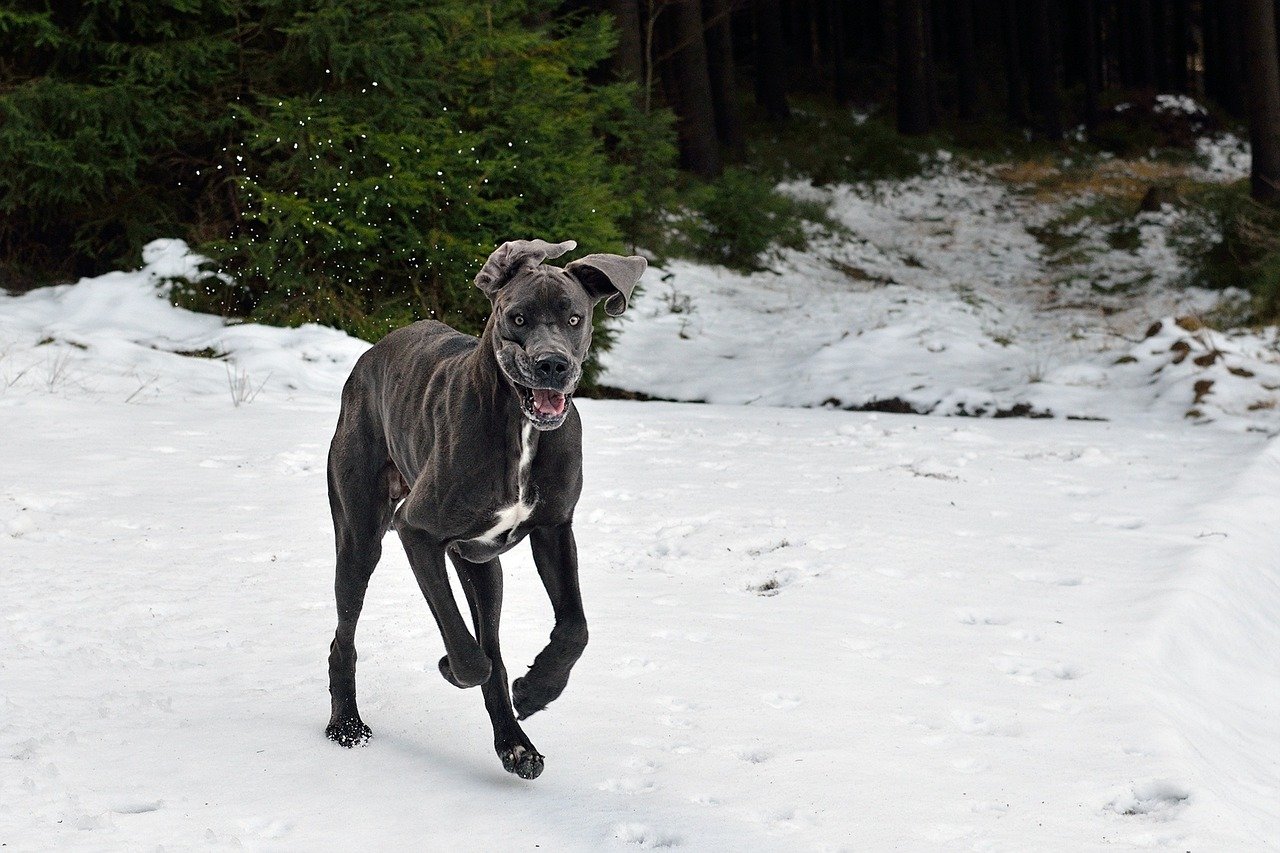
Great Danes are gentle giants with hearts of gold, but their enormous size alone can make apartment life awkward and uncomfortable. Even the largest apartment can feel tiny with a 150-pound dog loping around. They need space to stretch out those long legs and avoid bumping into furniture or walls. Their tails and bodies can unintentionally cause chaos in tight quarters. While they are generally calm indoors, the lack of space can lead to stress or health issues like joint problems. Great Danes need a home where they can move freely and have access to a yard for regular, gentle exercise.
Australian Shepherd
Australian Shepherds are beautiful, intelligent, and endlessly energetic. They were bred to herd livestock all day, and that work ethic doesn’t disappear in an apartment. Without a big yard or regular, vigorous exercise, these dogs can develop bad habits like barking, chewing, or trying to herd family members. Their intelligence means they need mental stimulation just as much as physical exercise—puzzles, games, and training sessions are a must. In a small apartment, it’s easy for an Aussie to become bored and frustrated, leading to behaviors that can strain your patience and your lease agreement.
Akita
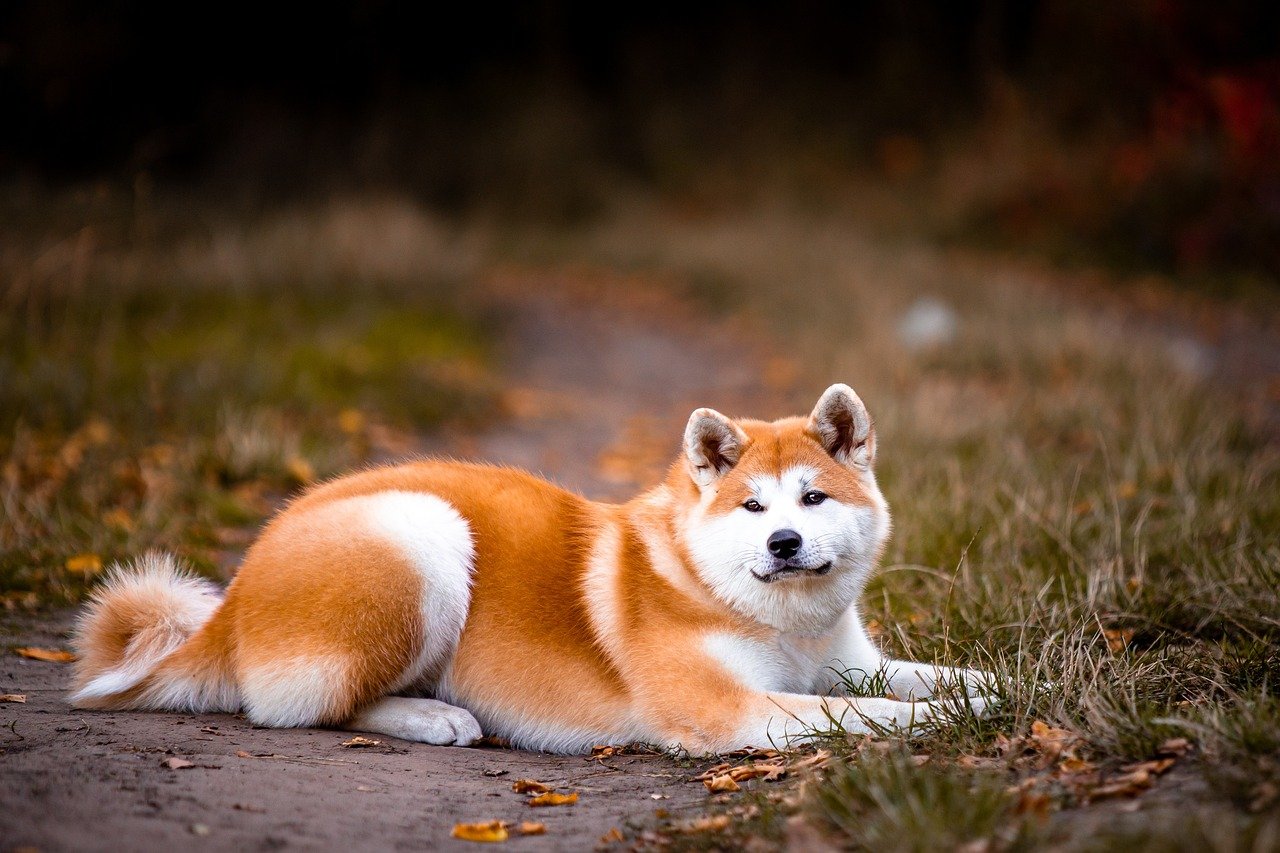
Akitas are dignified, powerful dogs with a strong sense of loyalty and independence. While they are often quiet and calm, their size and temperament make them ill-suited for apartment living. Akitas are territorial and can be wary of strangers, which makes frequent elevator rides and shared hallways stressful for them. They also need space to feel secure and comfortable. Without proper outlets for their energy and instincts, Akitas can become restless or even aggressive. They are best suited to homes with a secure yard and owners who understand their unique needs.
Weimaraner
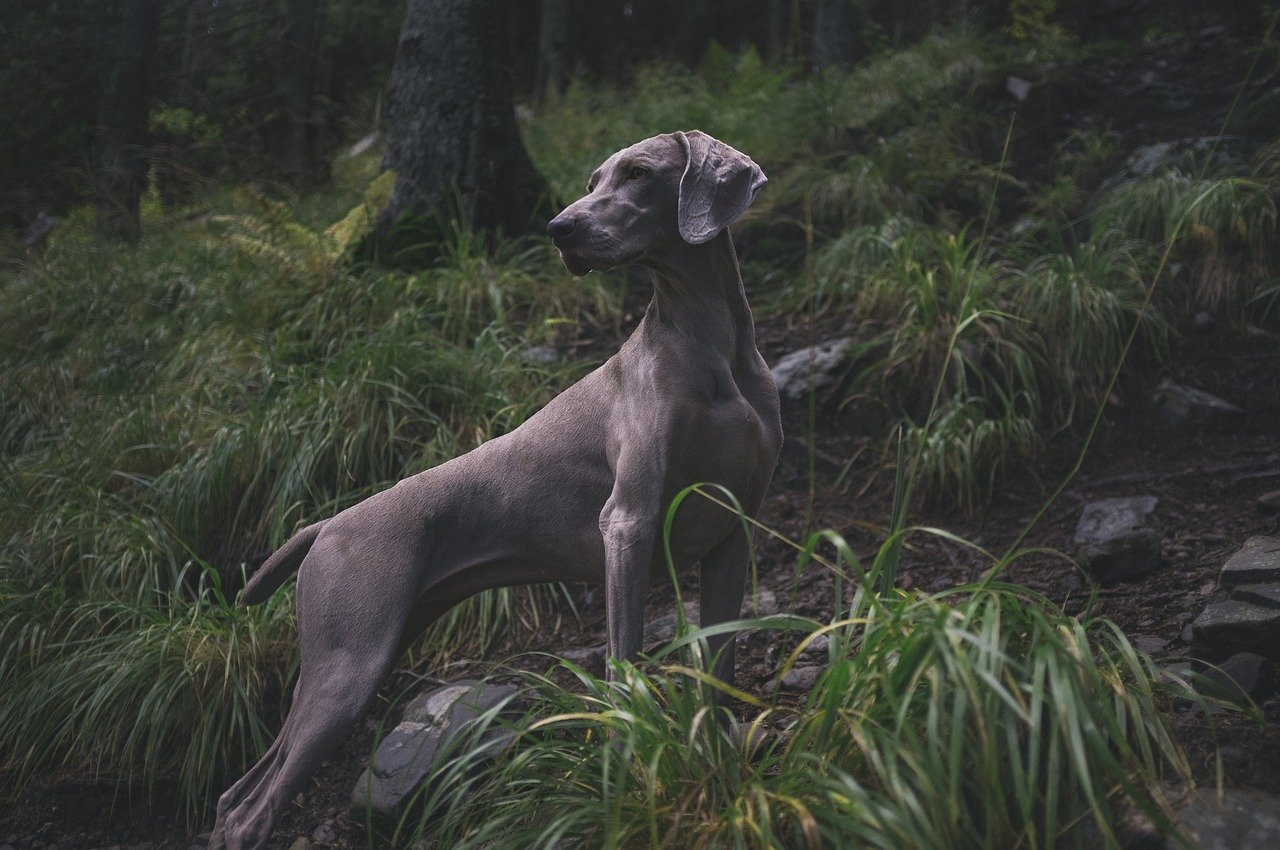
Weimaraners are sleek, athletic dogs known for their speed and stamina. Originally bred for hunting, they require a ton of exercise and attention. Apartment life can make these elegant dogs anxious and bored, which often results in destructive behaviors like chewing furniture or excessive barking. They also suffer from separation anxiety if left alone for long periods—something that can be tough in busy city living. Weimaraners are happiest when they have plenty of space to run and a companion who can keep up with their energetic personalities.
Afghan Hound
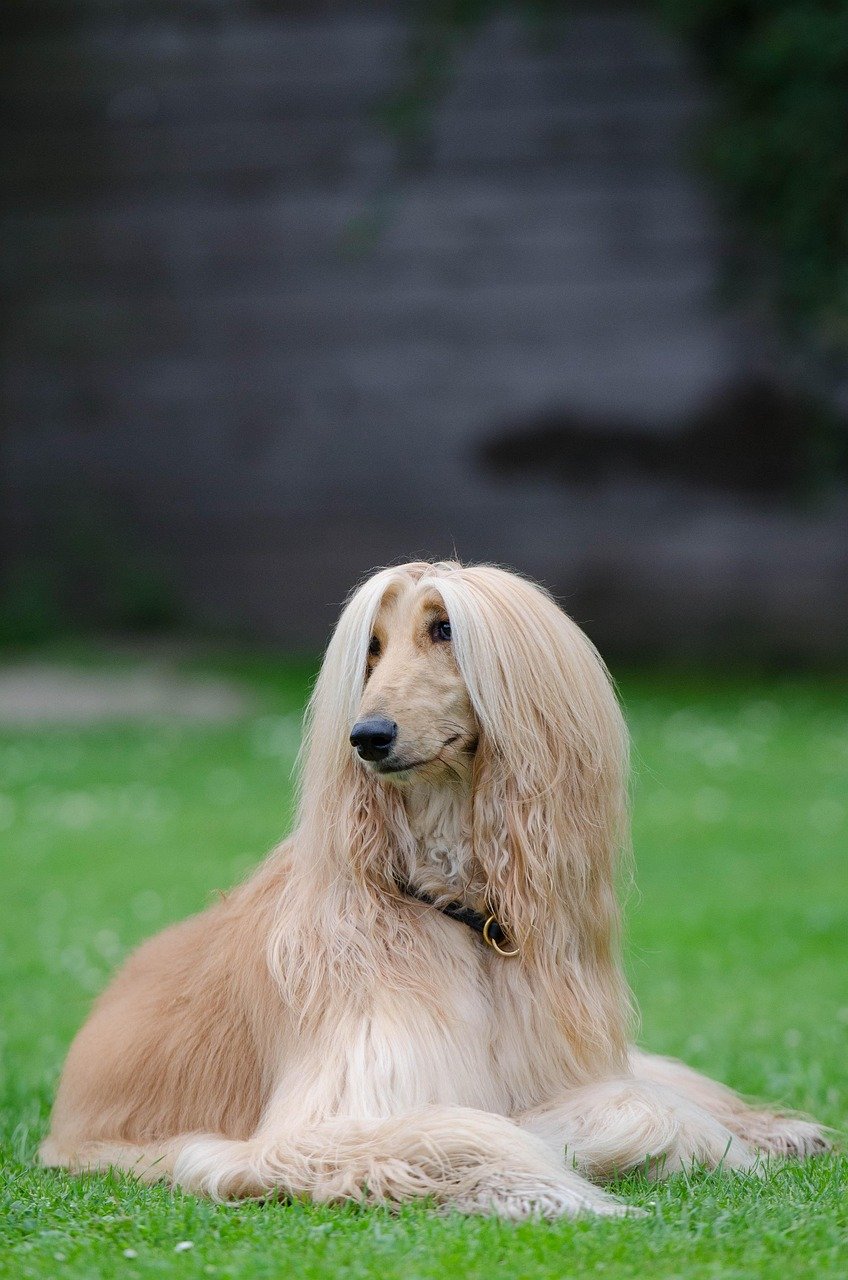
Afghan Hounds are famous for their glamorous, flowing coats and graceful appearance. Despite their regal demeanor, these dogs are high-energy sighthounds who were bred to chase prey across vast landscapes. Confined to an apartment, an Afghan Hound can quickly become bored and frustrated. Their need for regular, vigorous exercise is difficult to meet in a small space. Additionally, their independent streak can make them challenging to train, and their long hair sheds constantly—turning your apartment into a fur-filled runway. These are dogs that need room to run and show off their natural beauty.
German Shepherd
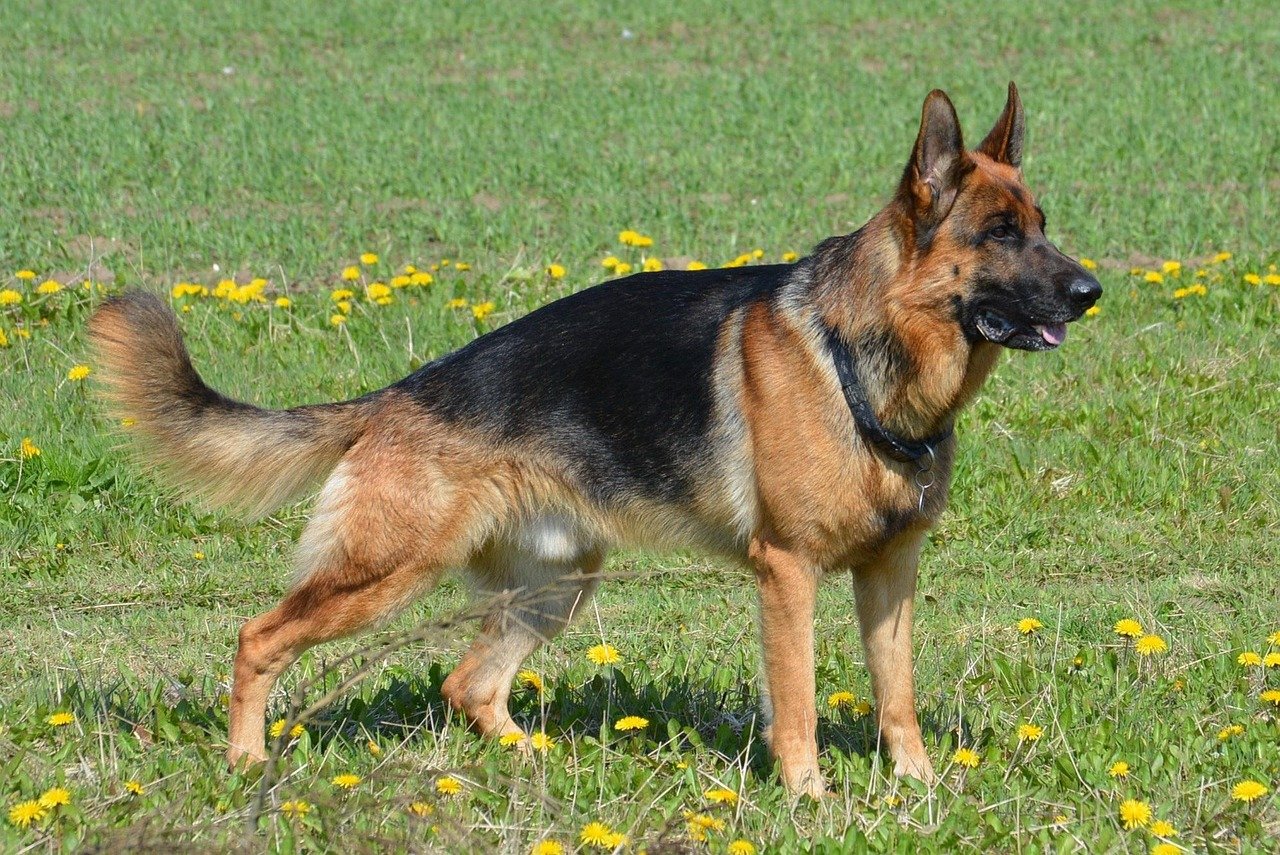
German Shepherds are loyal, intelligent, and versatile, but their large size and high energy levels can make apartment living a struggle. They need lots of physical and mental stimulation, and a quick walk around the block isn’t enough. Without a yard to patrol or space to play, German Shepherds may become bored, anxious, or destructive. Their protective instincts also make them sensitive to noises and strangers in shared spaces. For a German Shepherd, a home with a yard and an active lifestyle is ideal—they want to be part of your adventures, not cooped up inside all day.
Irish Wolfhound
Irish Wolfhounds are gentle giants, often described as “living legends” for their size and history. Standing as tall as a small pony, these dogs need plenty of space to stretch their legs. Even the roomiest apartment can feel like a shoebox to an Irish Wolfhound. Their long, sweeping tails and large bodies can accidentally cause chaos in tight quarters. While they are calm indoors, the lack of space can lead to physical discomfort and stress. Irish Wolfhounds need a large, comfortable home with access to the outdoors to truly thrive.
Dogo Argentino
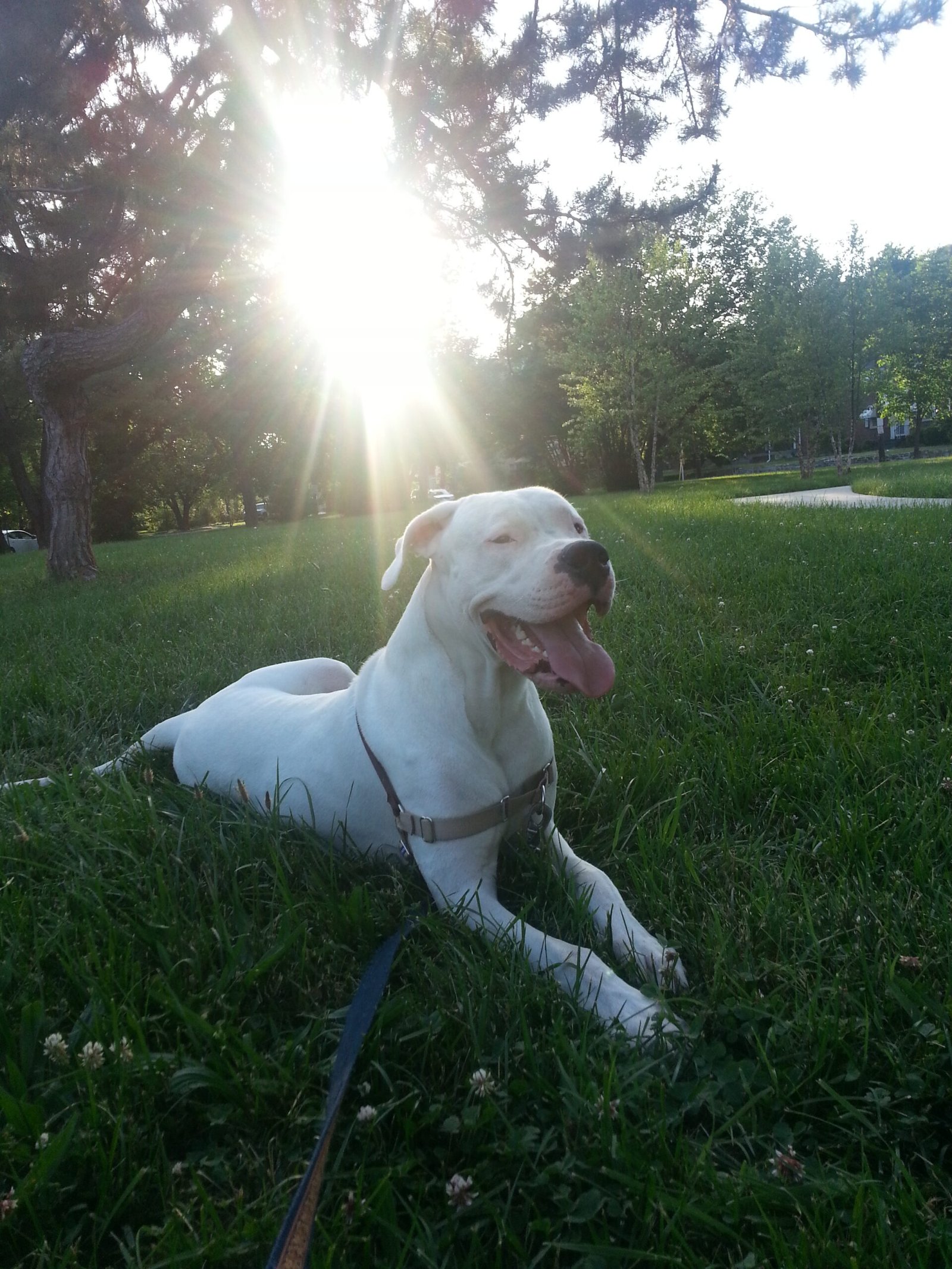
The Dogo Argentino is a powerful, athletic breed originally developed for big game hunting. These dogs are muscular, energetic, and require a great deal of exercise and mental stimulation. Apartment living can frustrate a Dogo Argentino, leading to pent-up energy and behavioral issues. Their strong prey drive makes walks in busy neighborhoods challenging, and their protective instincts can make them wary of strangers in shared spaces. They need a home where they can run, play, and feel secure, not one where they’re confined to a few rooms.
Komondor
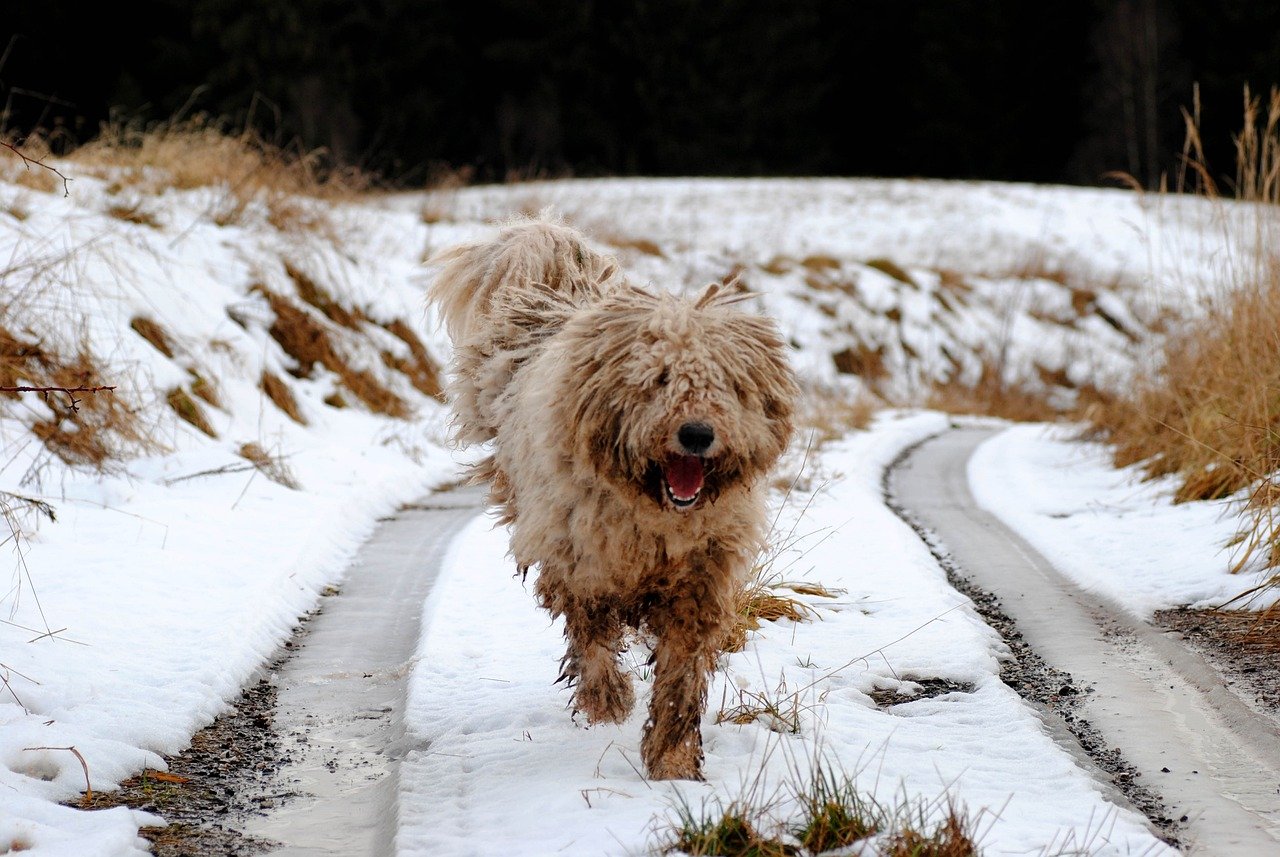
Komondors are instantly recognizable thanks to their long, corded coats that resemble a mop. But beneath the unique appearance lies a large, independent working dog bred to guard livestock. They need space to roam and take their watchdog duties seriously—apartment living can make them restless and vocal as they try to “protect” their territory. Their thick, heavy coats also require a lot of maintenance and can quickly overwhelm a small space with fur and dander. Without a yard and plenty of space, Komondors can become unhappy and even develop behavioral problems.

Born and bred in South Africa, a Capetonian at heart. Amy-Leigh’s love for nature and animals was inherited from her Dad. He loves taking the family on road trips to experience nature at its finest; Amy-Leigh’s favourite being whale watching in Hermanus and spotting Kudu along the West Coast. Amy-Leigh holds a BA in English Literature and Communication Studies.






